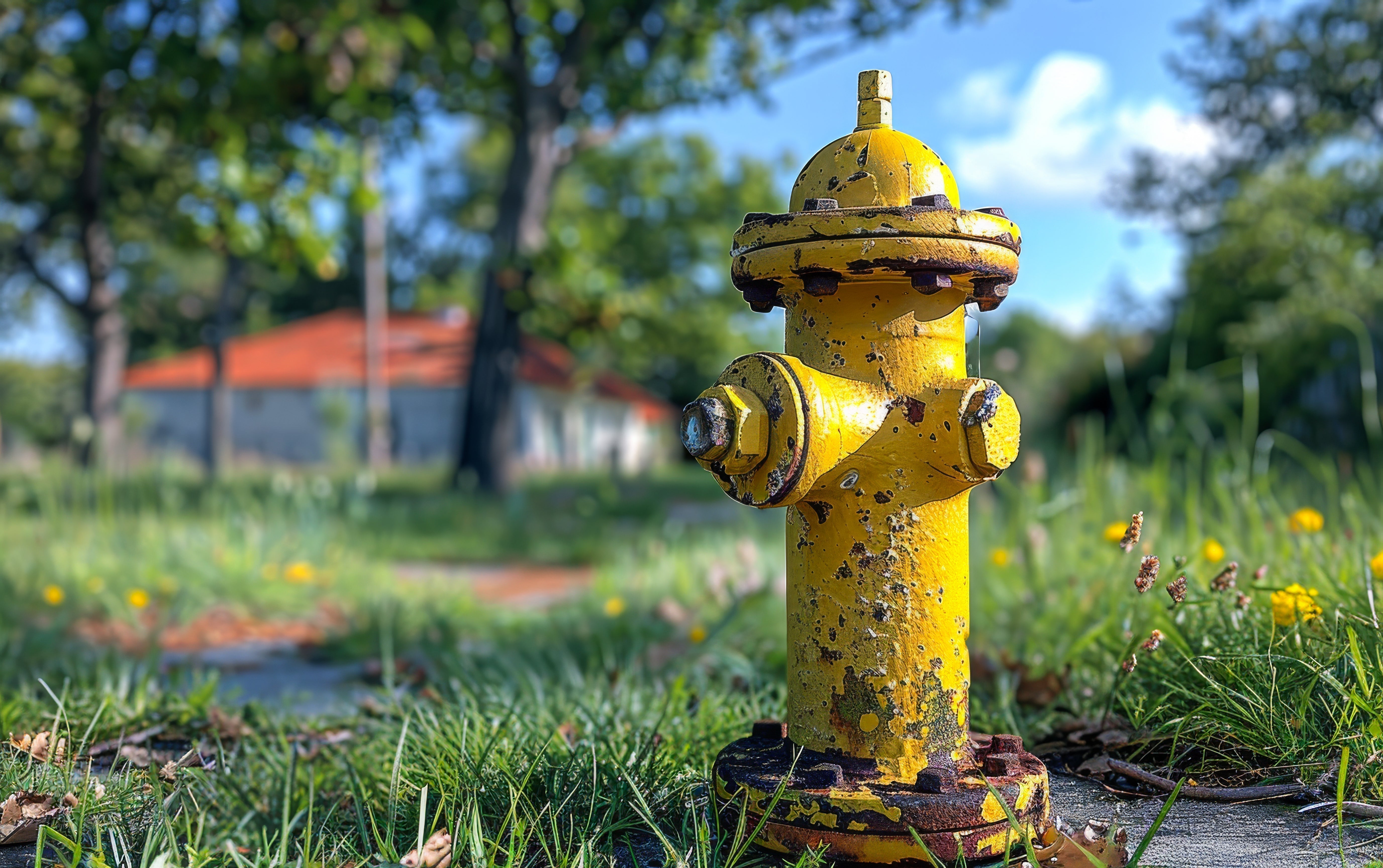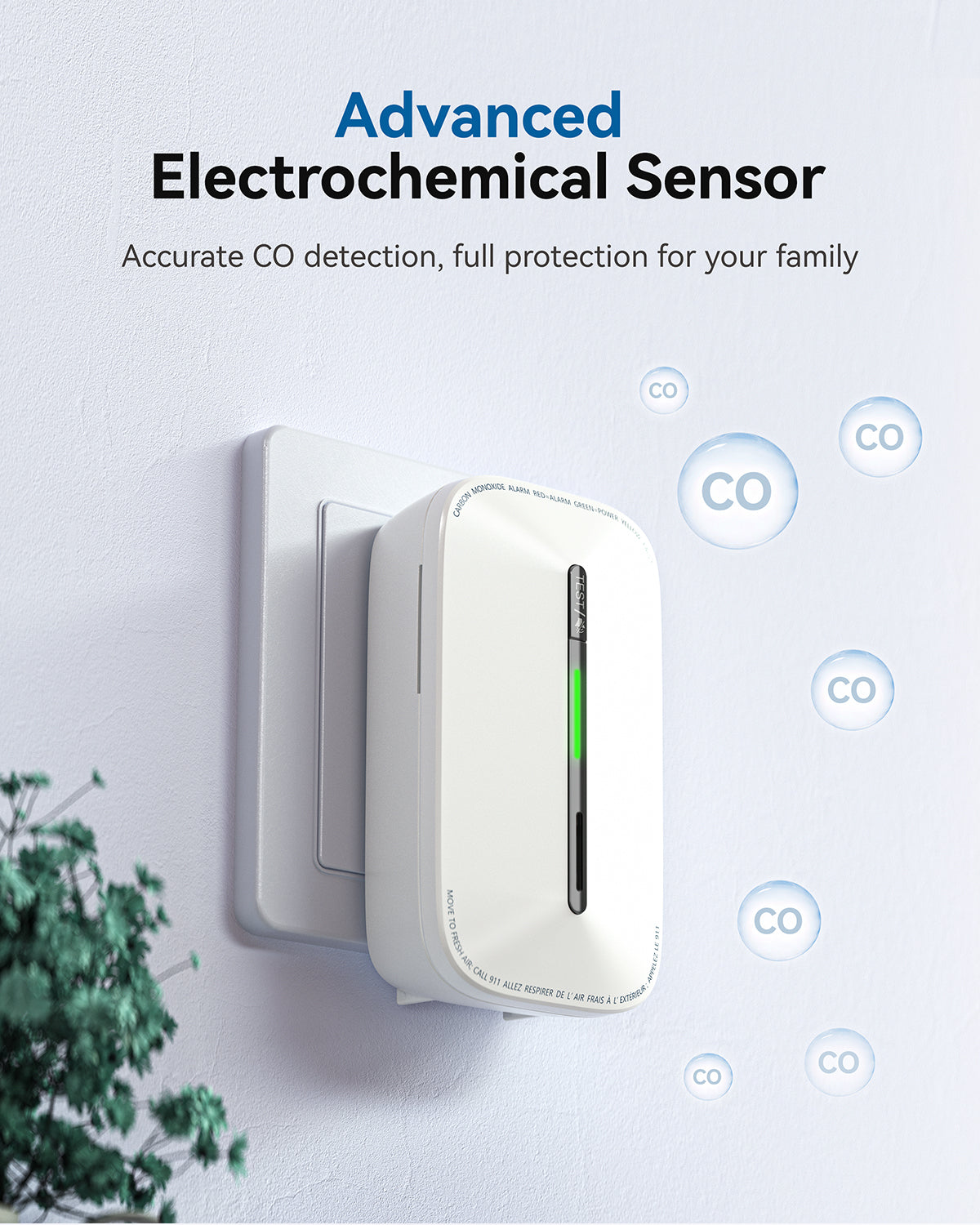Many people assume that because e-cigarettes produce vapor instead of traditional smoke, they won’t trigger smoke detectors. But the reality is more complicated. Different types of smoke alarms detect particles in different ways, and depending on the environment, the density of the vapor, and the type of alarm, vaping might—or might not—cause a false alarm.
In this article, we’ll explain how smoke alarms work, and how they interact with particles like vape aerosols and offer practical tips for avoiding false alarms.
Vape Aerosols: A Different Kind of "Smoke"
Unlike traditional smoke, which results from burning materials, vape aerosols are produced by heating a liquid blend of propylene glycol, vegetable glycerin, nicotine, and flavoring. Instead of emitting solid combustion particles, vaping releases tiny liquid droplets suspended in the air. While these aerosols may resemble smoke at first, they behave differently—they dissipate quickly and leave behind significantly less residue. As a result, vape aerosols don’t interact with smoke alarms in the same way that real smoke does.

Two Types of Smoke Alarms: Photoelectric vs. Ionization
Have you ever noticed how sunlight streaming through a dusty room makes tiny particles in the air visible? This is similar to how a photoelectric smoke alarm works. Inside the detector, a light beam continuously shines across a small chamber. When smoke enters, it scatters the light, triggering the alarm. Photoelectric alarms are especially effective at detecting thick, slow-burning smoke, so they’re commonly used in homes, hotels, and offices.
On the other hand, ionization smoke alarms work differently. They use a small amount of radioactive material to maintain an electric current flowing through ionized air molecules. When smoke particles disrupt this current, the alarm sounds. Ionization alarms are particularly sensitive to small particles and respond quickly to fast-burning fires, such as those involving paper, grease, or plastic.
Can Vaping Set Off a Smoke Alarm?
Does the Environment Matter? Absolutely!
Vaping in different environments can produce varying results, and much of it depends on the type of smoke alarm in use and how well the area is ventilated.
In places like hotel rooms, smoke alarms are often highly sensitive to airborne particles due to the importance of fire safety. While a few small puffs might not trigger an alarm, blowing large clouds of vapor near the detector can increase the likelihood of setting it off. In office settings, good ventilation typically disperses the vapor quickly, making it less likely to trigger an alarm unless vaping is excessive in a small, enclosed space. Airplanes, however, have some of the most sensitive smoke detection systems, designed to detect even the smallest traces of smoke or vapor. That’s why even discreet vaping in an airplane bathroom can easily set off the alarm, leading to serious consequences.
How Does Vape Smoke Compare to Real Smoke?
At first glance, vape clouds may resemble real smoke, but their composition is entirely different. Traditional smoke from a fire contains solid combustion particles that linger in the air, making it easy for smoke alarms to detect. Vape aerosols, on the other hand, consist of tiny liquid droplets that tend to dissipate more quickly. However, the size and density of these droplets still play a role. In large enough quantities, they can interfere with the sensors inside a smoke alarm, particularly if the vapor is concentrated in a small, enclosed space.
Common Scenarios That Can Trigger a Smoke Alarm
While casual vaping in a well-ventilated space is unlikely to set off a smoke alarm, there are certain situations where it might happen:
- Blowing vapor directly into a detectorThis is one of the quickest ways to accidentally trigger an alarm. Since photoelectric smoke detectors rely on light beams to detect particles, a dense cloud of vapor can scatter the light and activate the alarm, even without actual smoke present.
- Vaping in a poorly ventilated roomVaping in small, enclosed spaces—like a hotel bathroom or a car with the windows up—can cause the vapor to build up. With nowhere to go, it can accumulate enough to trigger an alarm, especially if the detector is highly sensitive.
- High-sensitivity smoke detectorsSome smoke alarms, particularly in places like hotels, hospitals, and airplanes, are designed to detect even the smallest traces of airborne particles. In these environments, even moderate vaping could set off the alarm, leading to unwanted disturbances—or worse, a fine or penalty.
Final Thoughts: Play It Safe
While vaping doesn’t produce traditional smoke, it can still interfere with some types of smoke alarms under certain conditions. If you’re in a public or shared space, it’s always best to be cautious—look for ventilation, avoid vaping near detectors, and when in doubt, step outside. After all, no one wants to be the person responsible for a full-scale alarm and evacuation over a little bit of vapor!










